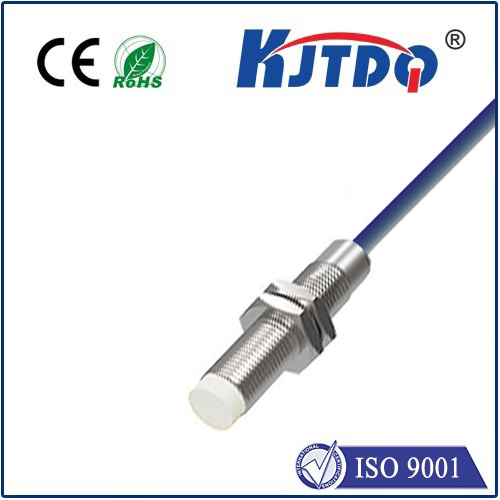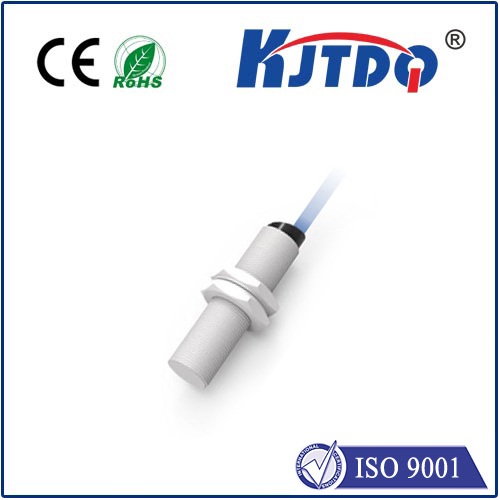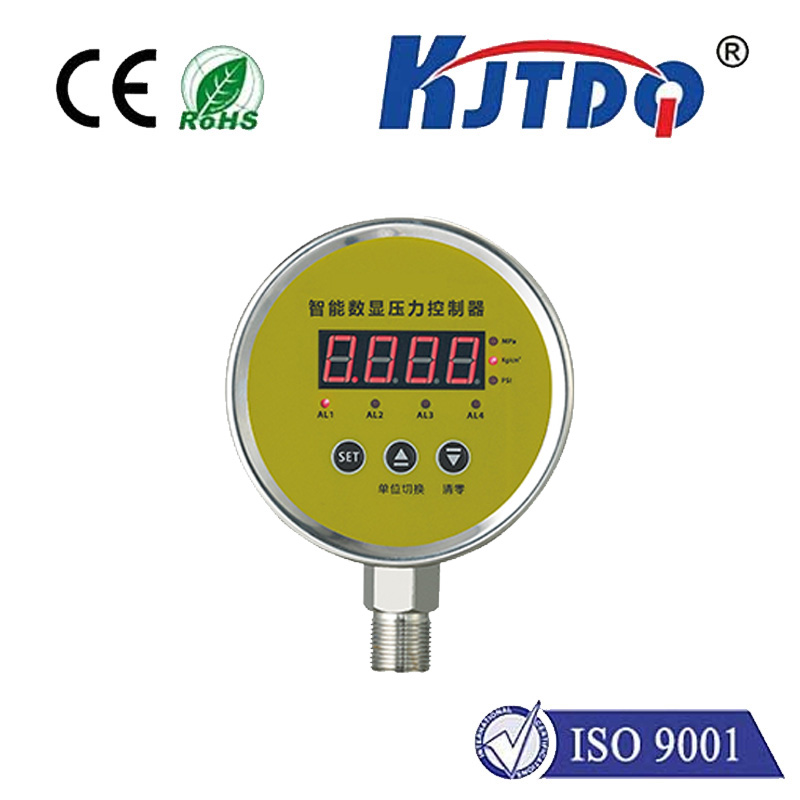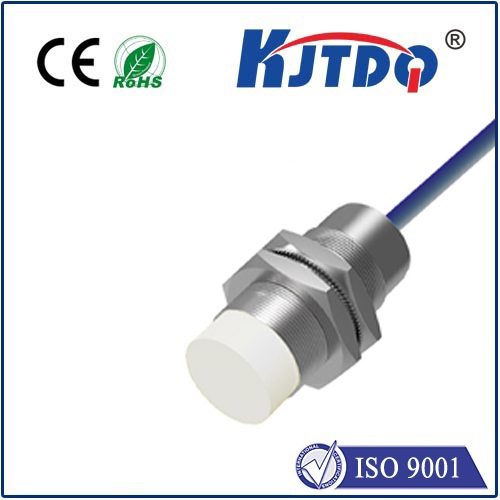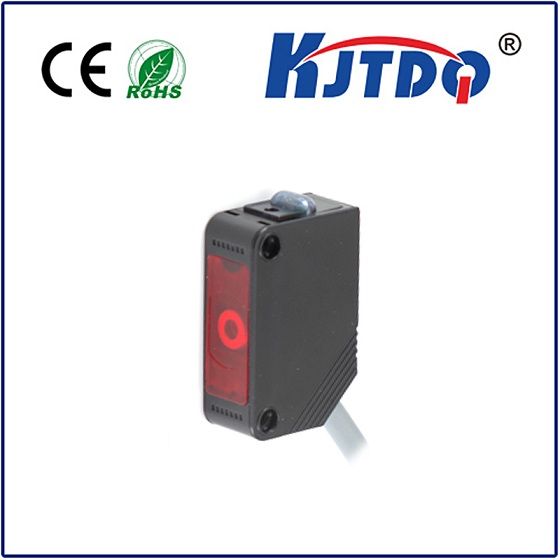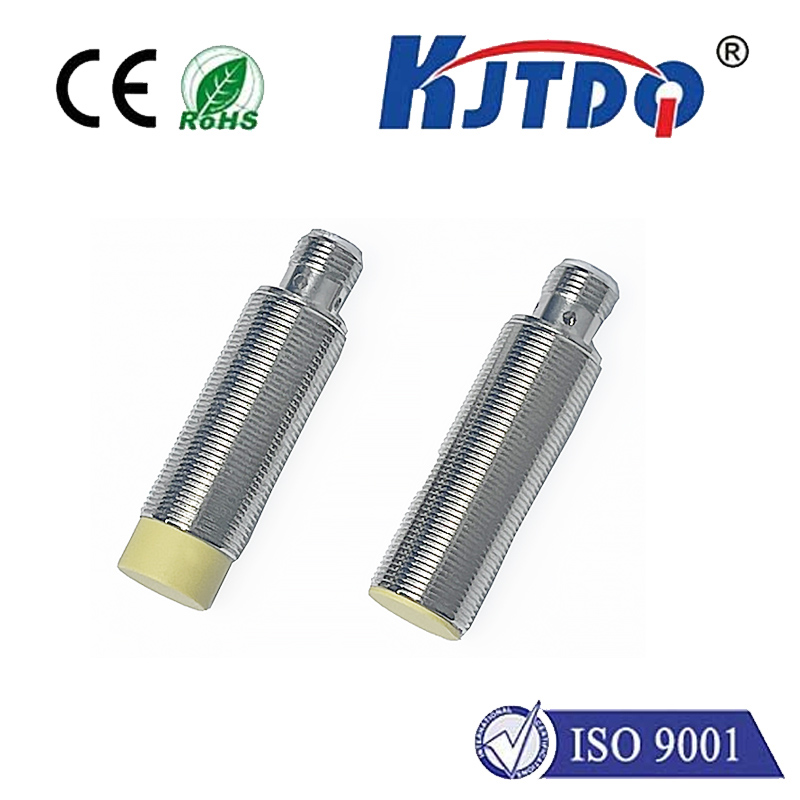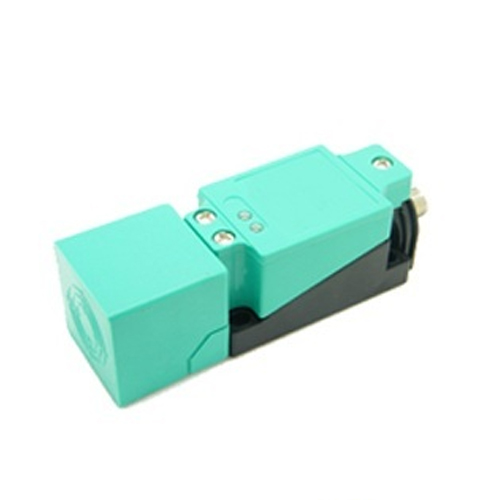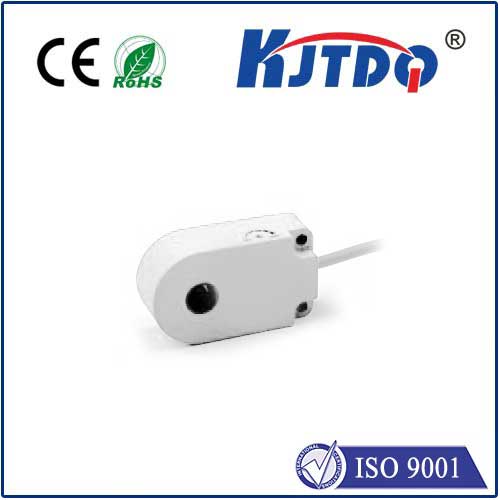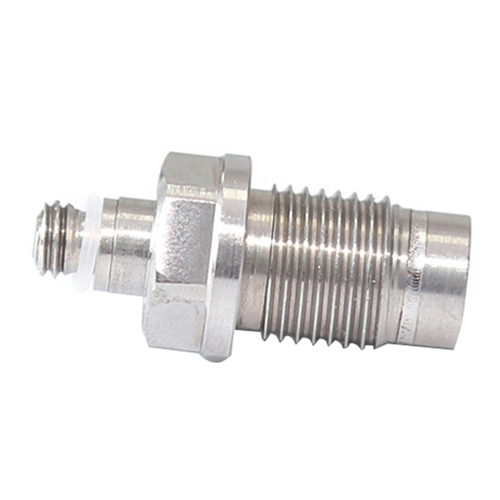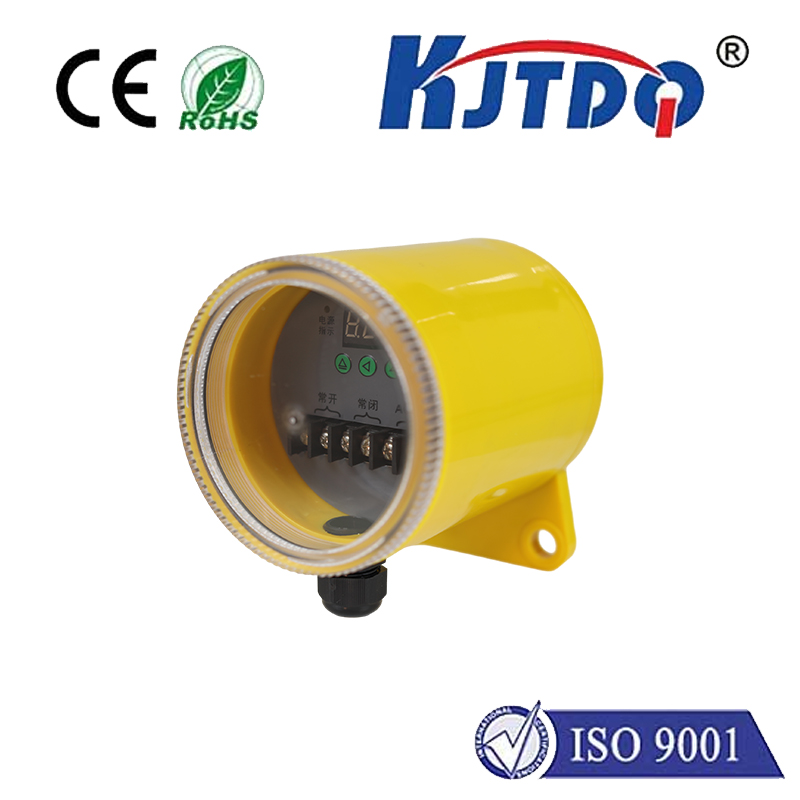

check

check

check

check

check

check

check

check

check

check
Limit switches are an integral component of automation and control systems, playing a crucial role in monitoring the position of machinery or equipment. Among various types of limit switches, the NPN limit switch is a notable option due to its unique characteristics and functionality. This article aims to provide a comprehensive understanding of NPN limit switches, including their definition, working principle, and applications.
Firstly, let's discuss what exactly an NPN limit switch is. An NPN limit switch is a type of switch that uses an NPN transistor as its output device. The term "NPN" refers to the configuration of transistors used in the switch, which stands for Negative-Positive-Negative. In simple terms, it means that the transistor has a negative terminal connected to a positive one, followed by another negative one. This configuration allows the switch to work effectively as a switching device.
Now that we have a basic understanding of what an NPN limit switch is, let's delve into how it works. When a magnetic field from an object or machine part comes into contact with the switch, it triggers an electrical response within the switch. This response then activates the NPN transistor, allowing current to flow through it and complete the circuit. The activation of the transistor signifies that the machinery or equipment has reached a specific position or limit, thereby providing feedback to the control system.

In terms of applications, NPN limit switches are widely used in various industries such as manufacturing, robotics, and automation. They are commonly employed in conveyor belts to monitor product flow or in machine tools to detect when a cutting tool has reached its maximum depth. Additionally, they can be utilized in packaging machines to ensure accurate positioning of products during the packaging process.
Apart from these typical applications, NPN limit switches also have advantages that make them suitable for certain scenarios. For instance, they have a fast response time, which makes them ideal for high-speed operations. Moreover, they can handle high voltage levels, making them suitable for use in industrial settings where power demands may be significant.
However, like any technology, NPN limit switches also have their limitations. One potential issue is their sensitivity to temperature fluctuations, which can affect their accuracy and reliability. To mitigate this problem, manufacturers often incorporate temperature compensation mechanisms into their designs to ensure consistent performance under varying conditions.
Furthermore, while NPN limit switches offer numerous benefits, it is essential to consider compatibility with other components in the system. Since different types of limit switches operate differently based on their output devices (e.g., NPN vs PNP), choosing the appropriate switch for your system becomes crucial. This requires careful evaluation of your specific requirements and understanding of how each type functions.
In conclusion, NPN limit switches play a vital role in modern automation and control systems by providing accurate positional information about machinery or equipment. With their fast response time and ability to handle high voltage levels, they are well-suited for various industrial applications. However, it is important to consider factors such as temperature sensitivity and compatibility with other components when selecting an NPN limit switch for your system. By doing so, you can ensure optimal performance and reliability in your automation processes.
